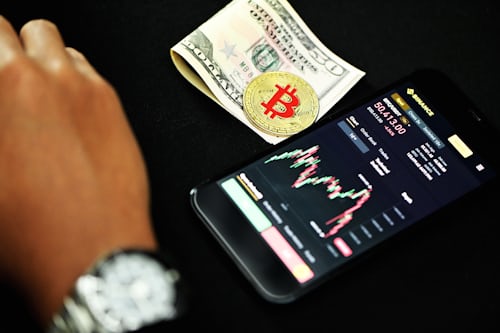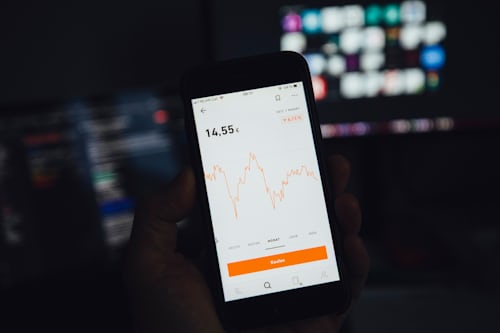What investment options are there in the low-interest environment? Read the opinion of our expert Stefan Maly, Deputy Chairman of the Board of Management, here.
A look at the conditions for savings accounts and overnight deposits is currently very sobering. The interest rate is only slightly above zero. Companies and banks have already become accustomed to having to pay interest on their demand deposits (that's what savings books and money market accounts are called in technical jargon). In Switzerland, where the key interest rate is even deeper in negative territory than in the euro zone, savers already have to pay money across the board instead of receiving interest when they deposit money in their bank accounts.
In such an environment, the question of alternatives is obvious. However, one thing is always certain: if you are looking for a financial investment with easy-to-plan results and do not want to run the risk of a surprising loss in value, you cannot get around savings accounts and government bonds, even in times of negative interest rates. If you are looking for more return, you inevitably have to take more risk. But not all risks are equal and have the same effect.
There are at least two variables investors should consider. The first is the investment horizon. The number of years one wants to commit to an investment determines how much loss one can accept. In the past ten years, an investor invested in the DAX 30 had to accept a maximum loss of 54.77%. The downward phase began on July 17, 2007 and it took until May 3, 2013 for the loss to be recouped and for the DAX 30 to be back at the 8,106 point mark.
Interestingly, those who invested in the DAX 30 at the high in July 2007 and simply held the investment still recorded a return of 44.6% or just under 5% per year. On the other hand, anyone who used the low point on March 6, 2009 to enter the market can currently look forward to a book profit of 220% or 21% per year. Nevertheless, it should be noted that a DAX investment requires a long investment horizon. After all, investors in https://exnesslatam.com/trading-central-web-tv-de-exness/ who entered at the worst date needed almost six years until their position was back in the profit zone.
The situation is different for euro government bonds with very good ratings. Here, the worst loss phase of the past ten years began on February 8, 2008, with investors suffering a 4% loss in the weeks that followed. By October 3, 2008, the loss had already been recouped. This means that a significantly shorter investment horizon is sufficient for there to be a chance of a positive investment result.
The second important factor influencing the choice of investment is loss tolerance. As shown above, investing in equities requires a higher tolerance for losses than government bonds with very good credit ratings. This is because even if one has the necessary staying power to invest in equities, one must also be able to cope with the interim loss of more than half of the capital invested. In this context, a look at a savings plan is helpful.
Conclusion
To sum up: if you are looking for a well-calculable investment result and do not want to experience any surprises, you should continue to rely on the classic savings products such as call money & Co. The price for this is the low or in some cases even negative interest rates, e.g. for federal bonds. For all investors who are willing to give up some of this predictability, there are alternatives that differ in terms of their fluctuation risk and the necessary investment horizon. An overview with exemplary products can be found in this section of our website. In addition, savings plans can be used to mitigate the risks. Thus, the low interest rates are not without alternatives.



